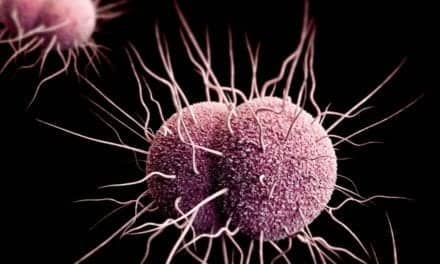FDA has granted marketing clearance for two tests that can detect the presence of the bacteria Chlamydia trachomatis and Neisseria gonorrhoeae—causes of the sexually transmitted infections chlamydia and gonorrhea, respectively—through diagnostic testing of extragenital specimens.
The Aptima Combo 2 assay by Hologic, Marlborough, Mass, and the Xpert CT/NG assay by Cepheid, Sunnyvale, Calif, are the first tests cleared to perform extragenital diagnostic testing for chlamydia and gonorrhea infections via specimens from the throat and rectum. The tests were previously cleared for testing using only endocervical, vaginal, or urine samples.
“Prior to today, there were no chlamydia or gonorrhea tests cleared for use on samples from the throat and rectum. The availability of these two tests will fill an unmet public health need, by allowing for more screening,” said Tim Stenzel, MD, PhD, director of the Office of In Vitro Diagnostics and Radiological Health in FDA’s Center for Devices and Radiological Health. “It is best for patients if both of these sexually transmitted infections are caught and treated right away, as significant complications can occur if left untreated. Today’s clearances provide a mechanism for more easily diagnosing these infections.”
According to the Centers for Disease Control and Prevention, the rate of sexually transmitted infections is steadily increasing, with an estimated 1.7 million cases of chlamydia and more than 500,000 cases of gonorrhea in the United States in 2017 alone.1 Both infections can be contracted through vaginal, anal, or oral intercourse. Typically, both infections can be easily treated, but if left untreated, both infections can cause serious complications for patients, including infertility.
The Aptima Combo 2 and Xpert CT/NG assays were reviewed through FDA’s premarket notification (510(k)) pathway, which sponsors use to demonstrate that the device to be marketed is at least as safe and effective—that is, substantially equivalent—to a legally marketed device.
For further information, visit FDA.
Reference
- Sexually transmitted disease surveillance, 2017 [online]. Atlanta: Centers for Disease Control and Prevention, 2018. Available at: www.cdc.gov/std/stats17/toc.htm. Accessed July 7, 2019.
Featured image
: Under 50x magnification, this microphotograph reveals a McCoy cell monolayer culture; some of the cells exhibit Chlamydia trachomatis inclusion bodies. Photo courtesy CDC Public Health Image Library (ID 6428).




